Schouwen-Duiveland is a beautiful part of Zeeland, waiting for you across the Dutch border about an hour’s drive from Antwerp. You’ll find cosy villages, wide sandy beaches, wonderful nature reserves and a whole bunch of wild animals there. Trot Op! went to have a look, taking in the best sights.

There are so many places you get to go to as a travel journalist, you don’t really have much to say about in advance. This can happen. I’m not a geographer and I’ll figure out the details as they come. Schouwen-Duiveland however, must be the first destination I was invited to, without ever even having heard of it. Where exactly is it? Is there anything going on at all? Why does it have a strange name like that (literal translation: “Chimney-Pigeonland”). God only knows. Fortunately, nowadays there’s such a thing as the internet, which allows me to quickly look up some things without having to leave the house or even put a pair of pants on. With that image scorched into your mind, enjoy the following summary. Schouwen-Duiveland is an island in the Dutch province of Zeeland. It offers more than 20 kilometres of sandy beaches and is only an hour’s drive away from Antwerp (the measure of all things distance wise). For me this is closer than say, Knokke or Blankenberge, and in contrast to the desecrated Belgian coast, they didn’t stick an entire Atlantikwall worth of ugly high-rise buildings to the promenade here. In Schouwen-Duiveland you walk to the beach through natural dunes, and behind the many dikes there’s often a pleasant nature reserve to be found. Time to put some pants on and have a look I’d say.
Schouwen-Duiveland: the 8 best tips for a trip to Zeeland
Officially, Schouwen-Duiveland is now a peninsula, because it’s connected to the mainland by a series bridges and dikes. But after the night of 31 January 1953, it was almost not even an island anymore. Close to everything was completely submerged after that fateful evening. Due to an unprecedented combo of spring tide and a northwest wind force 10 storm, half the North Sea was blown inland, flooding large parts of Zeeland, South Holland and North Brabant. The consequences were dire. Nearly 2,000 people and tens of thousands of animals lost their lives in The Netherlands’ largest natural disaster of the 20th century, and countless others became homeless. Terrible scenes without a doubt, but the disaster also marked the start of one of the most ambitious architectural projects of the last century: the Delta Works. This was a huge belt of storm defences, dikes and artificial islands built to protect the most vulnerable parts of the Netherlands from the water. When you drive from Antwerp to Schouwen-Duiveland, you’ll probably do so over the Oosterscheldekering. With a length of nine kilometres, this is the largest and best-known Delta Work, able to close the Oosterschelde at high tide. All these works have radically changed the landscape and coastline of the island, but that doesn’t necessarily have to be a drama. Today, Schouwen-Duiveland is a hiking, cycling and water sports paradise, full of nature reserves, endangered species and charming towns and villages. More on that later. First, let’s dive a little deeper into history.
1. Watersnoodmuseum: remembering the flood

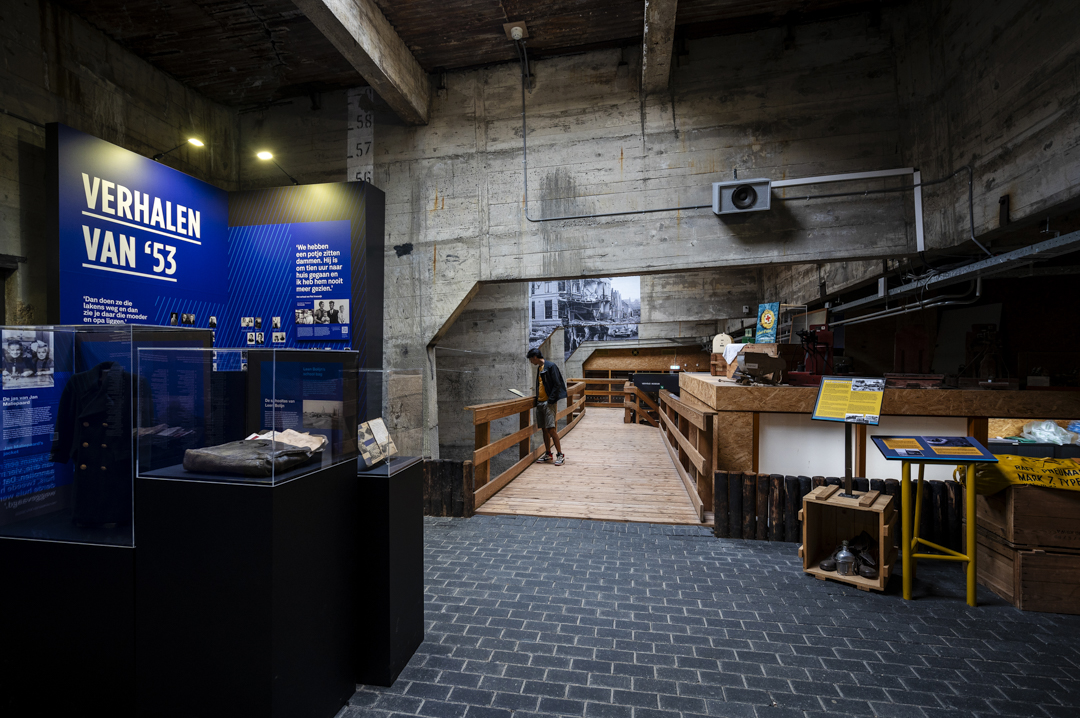

The Watersnoodmuseum in Ouwerkerk is the most important museum on the island. It’s located in four large caissons. These are huge concrete structures that are used, among other things, to close dikes – I’m too stupid to explain in two sentences how exactly that works, but the museum will show you. Each caisson tells a different story. In the first you get all the important facts and figures of the disaster, and you can watch the original news bulletins from back in the day in a cinema room. The destruction you’ll see on these images is almost inconceivable. In many places the water stood far above the ceiling of the houses, and elsewhere entire villages had been washed away. The second caisson mainly serves to share personal stories and testimonies, both from survivors and from people who did not make it out in time. Many of them are very tough reads. Imagine surviving as the only one of your entire family because you happened to have to be somewhere else that night. In the room that follows you’ll learn everything about how people were taken care of, how the reconstruction happened and how the Delta Works were realised. Finally, you’ll get the challenges of the future on your plate. Due to global warming, flooding (and in other places water shortage) will become an ever increasing problem, and we’ll all have to try to do something about it. Gripping museum, and essential for understanding the island of today. www.watersnoodmuseum.nl
2. Zierikzee: a small but pretty monument town



The island of course looks a lot nicer again these days, and Zierikzee is no exception. This town with barely 11,000 inhabitants is by far the largest agglomeration on Schouwen-Duiveland, and is what you’d call a photogenic place. There’s a canal around the centre, and those who want to get there preferably do so over the drawbridge of one of the original fortified gates. You’ll then end up in a small but picturesque maze of cobbled streets, full of monumental buildings and facades. More than 500 protected monuments are still standing here. That must be close to the Dutch record if you take the population into account. There’s also lots to discover in those little streets. Terraces are set up everywhere and shoppers can indulge in several boutiques selling local products. The old harbour runs all the way into the centre and showcases some nicely restored old ships. The new harbour is located just outside the canal and is one of the best places for a dinner with a view on the water. Here you can also book the boat tours we will talk about later. Amazingly beautiful and lively little town, and perfect for a day trip from Antwerp.
3. Renesse: cruise around the island on an e-chopper
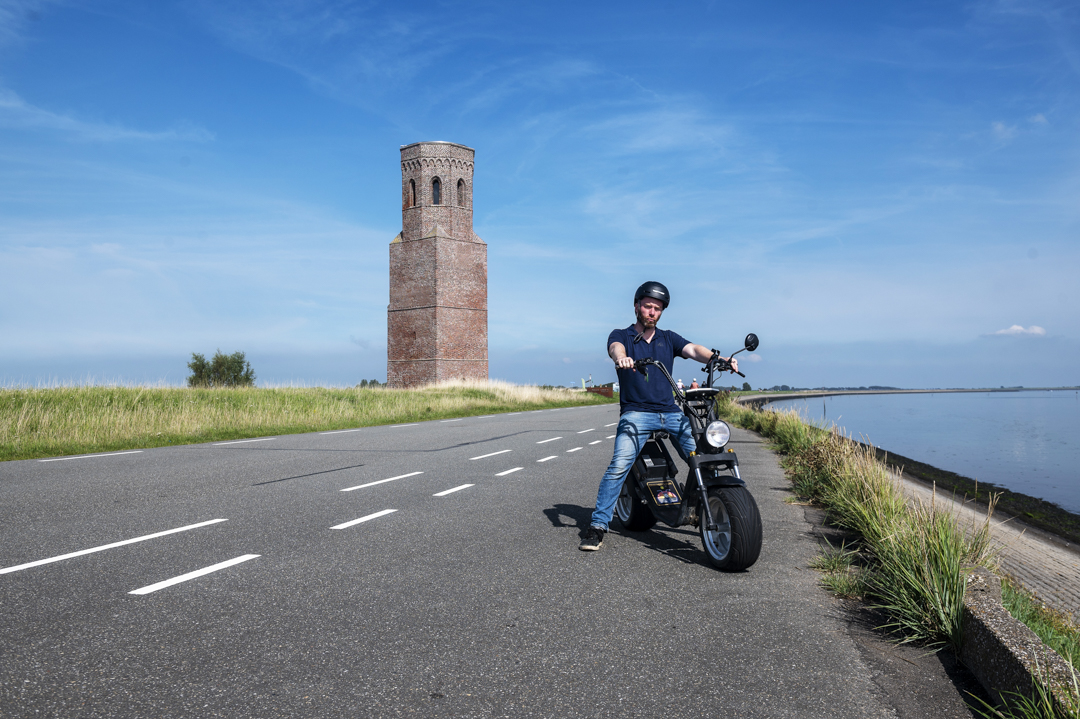


Renesse can be found along the beach on the North Sea side of the island, and has been a popular holiday destination for years now. In the past, mainly groups of youngsters came here to party and drink, turning it into the Dutch version of Lloret de Mar; now it mostly families with children. I left the beach after a short walk, and decided to rent an e-chopper at Fiets aan Zee. That’s an electric moped with big broad tires and the handlebars of a Harley Davidson. It looks pretty ridiculous and it silently gets to a maximum of about 30 km/h, but it’s a fun way to get around the entire island fast and smoothly. I decided to take a trip to the Plompe Toren. This is one of the few true landmarks on Schouwen-Duiveland and the only remnant of the village of Koudekerke which disappeared into the Oosterschelde in the 17th century. Along the way I drove through wide landscapes, past lively little marinas and along the shimmering water of the sea. Helmet on, Born to be Wild by Steppenwolf blasting through the speakers of my mobile phone and it was smooth cruising from then on. Wonderful experience, especially every time I could pass some cyclists with that tune as a theme song, stoically staring at the horizon. www.fietsaanzee.nl
4. Bird watching in Plan Tureluur
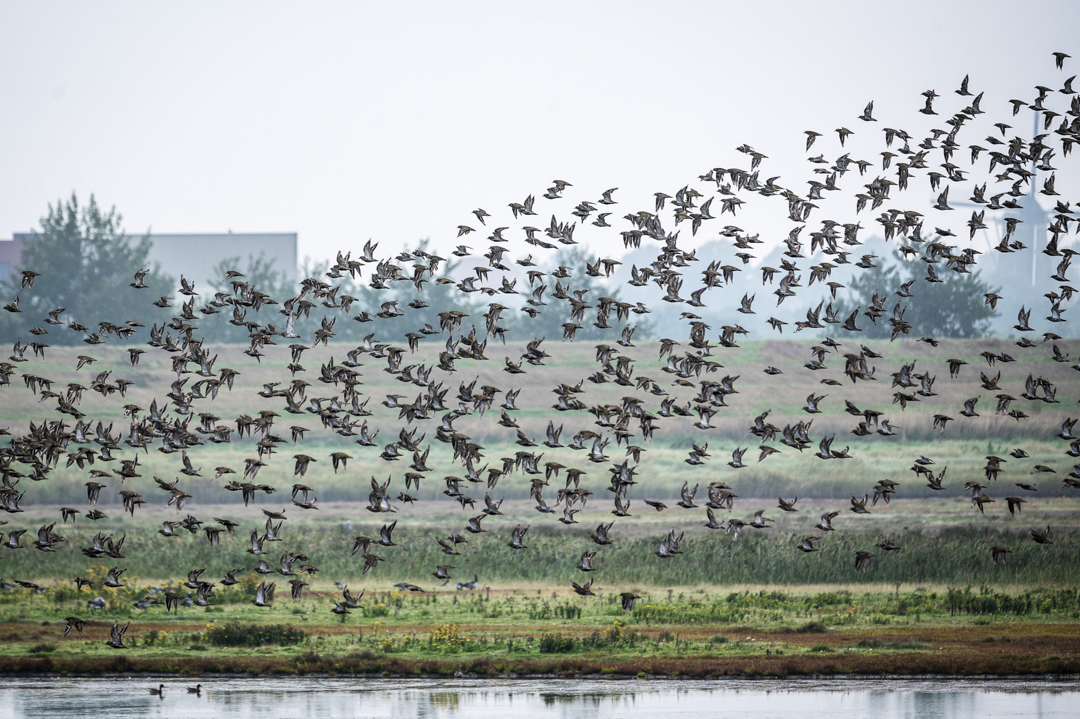
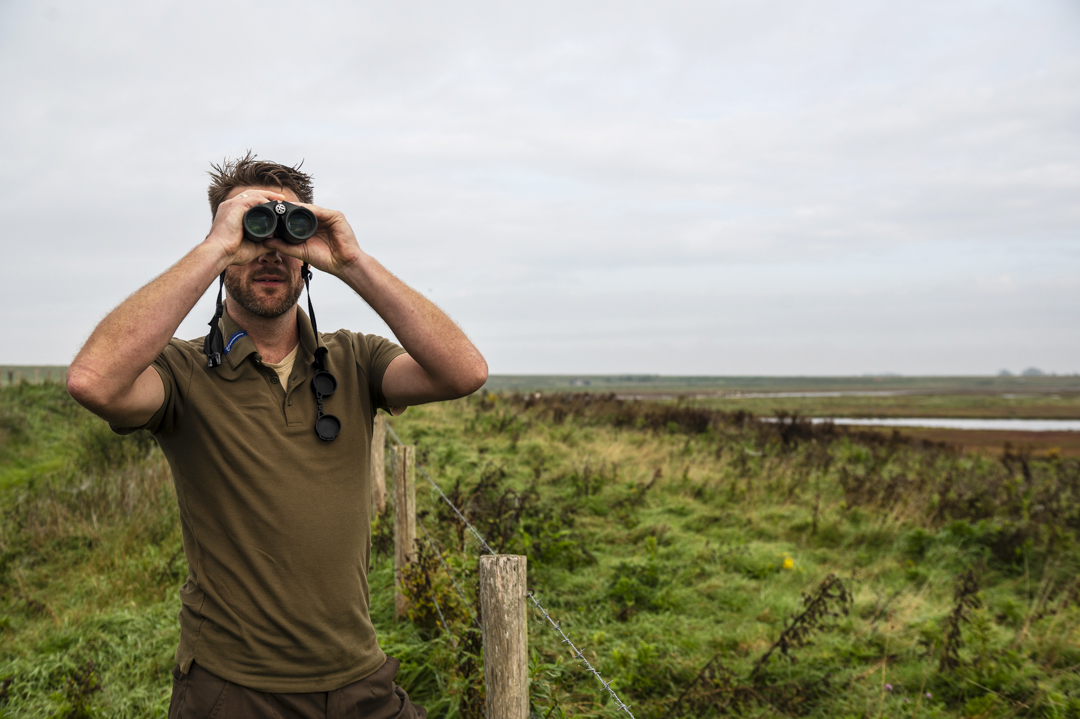
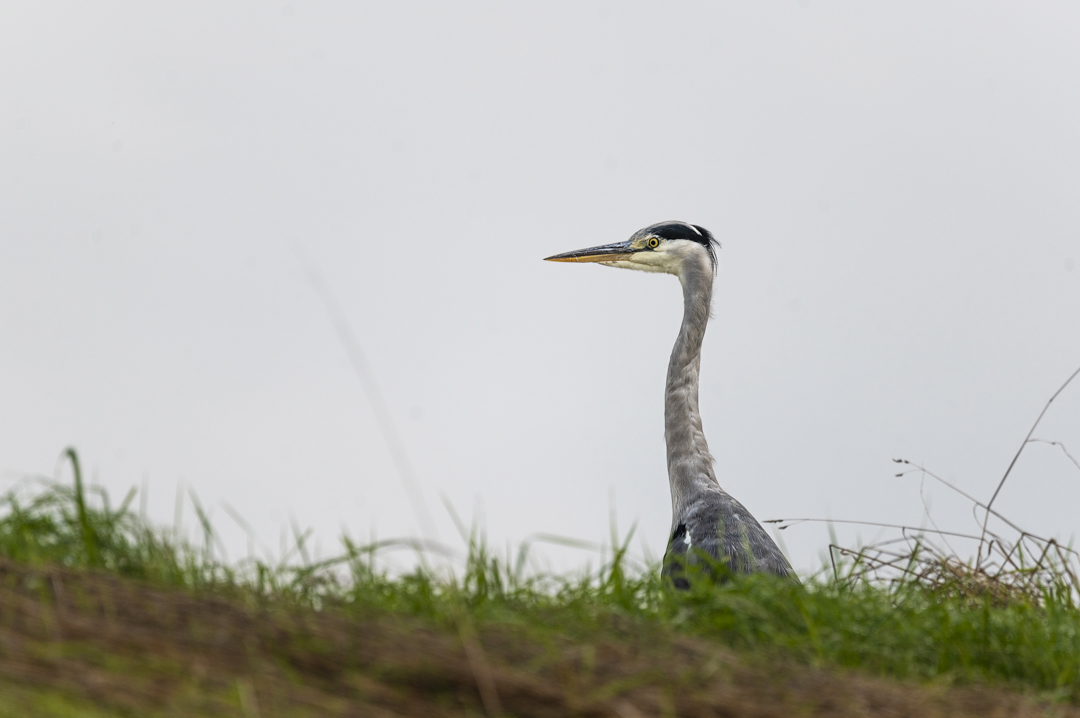
On the schedule after my first breakfast on Schouwen-Duiveland: birding with Otto De Kat. This turned out not to be some local Puss in Boots, but a passionate forester who would lead me through the Levensstrijd (“Struggle for Life”) Nature Reserve. That sounds like a pretty dire place, but it’s one of many wonderful nature reserves on the island’s south coast – part of the overarching Plan Tureluur (they have a thing for names here). There’s several hectares of grassland and salty puddles to explore here, attracting thousands of birds. From the central vantage point Kiekuut (names) you’ll look straight over the largest pond and the herd of cows grazing here to keep the grass short. When we took a look, we saw dozens of spoonbills and a colony of hundreds of rare golden plovers (pointed out to me by Otto: no idea what they looked like) wading through the water. There are more animals to discover here than just birds and cows. When you walk towards the Zierikzee Havenhoofd at the end of the dike, you’ll be in a great spot to catch a glimpse of a porpoise – a small species of whale. A couple of dozens of them are living in the Oosterschelde. If you don’t get to see any, you might still be able to hear them. There’s a listening pole installed here, connected to a hydrophone under water that picks up the click and beep signals they use to communicate with each other. By the way: when you go diving in the right season, you can sometimes spot sepias (small colour-changing cuttlefish) and with some extra luck even a seahorse or two.
For more info on Schouwen-Duiveland’s nature and the best spots to discover, click here.
5. Take a seal safari on the Oosterschelde
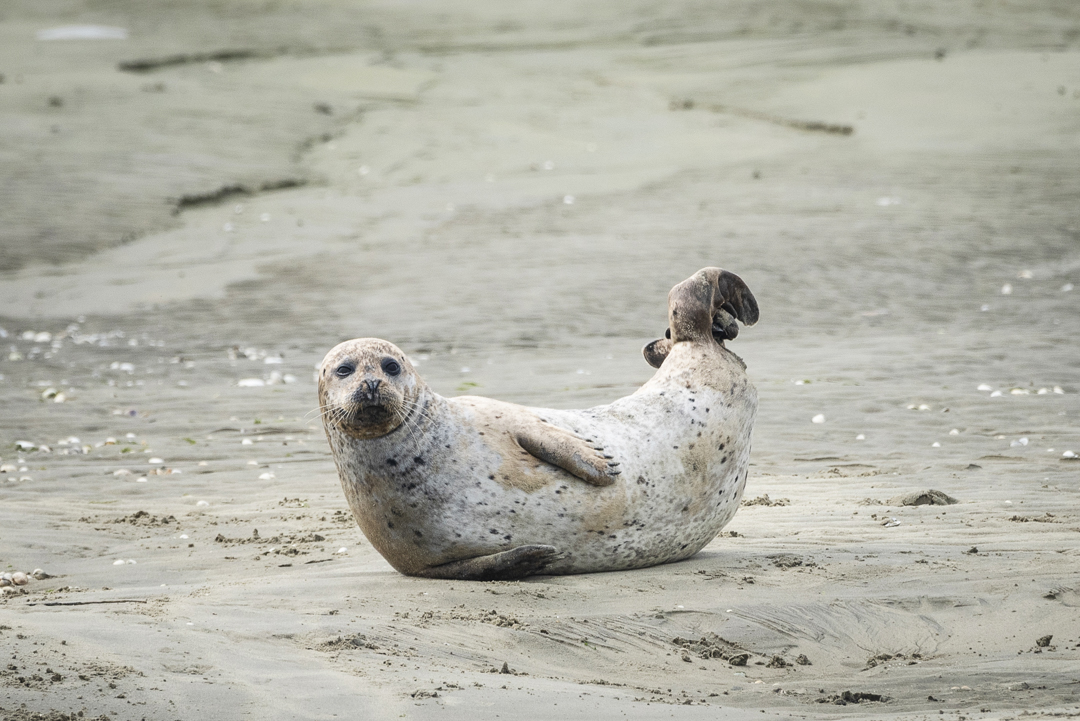
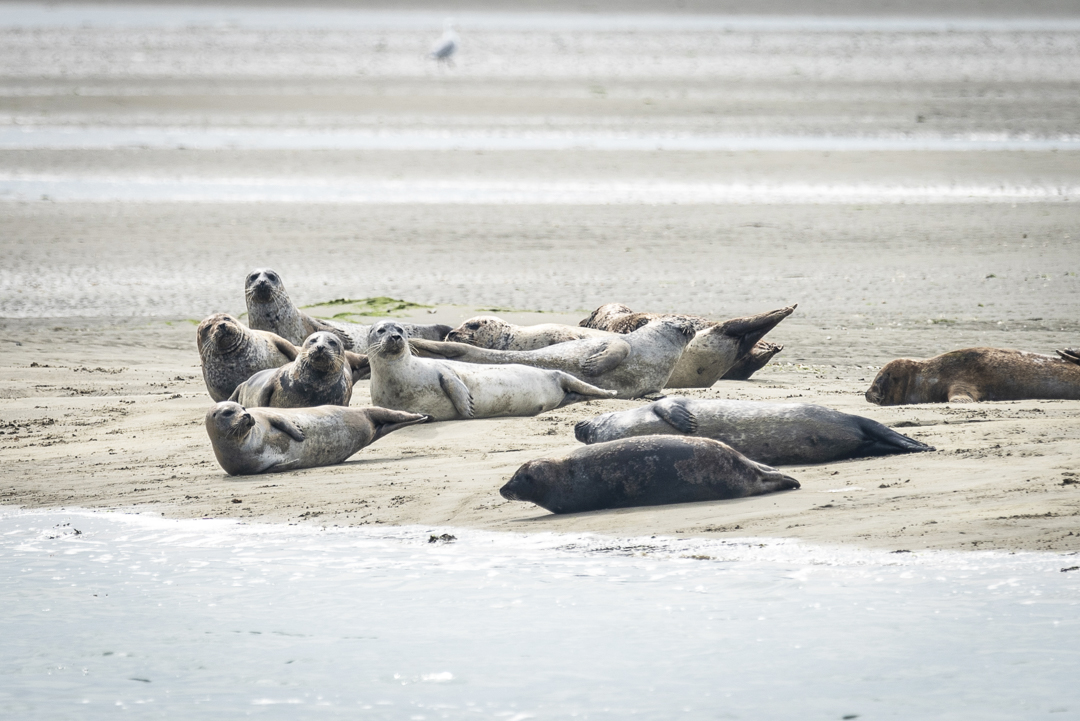
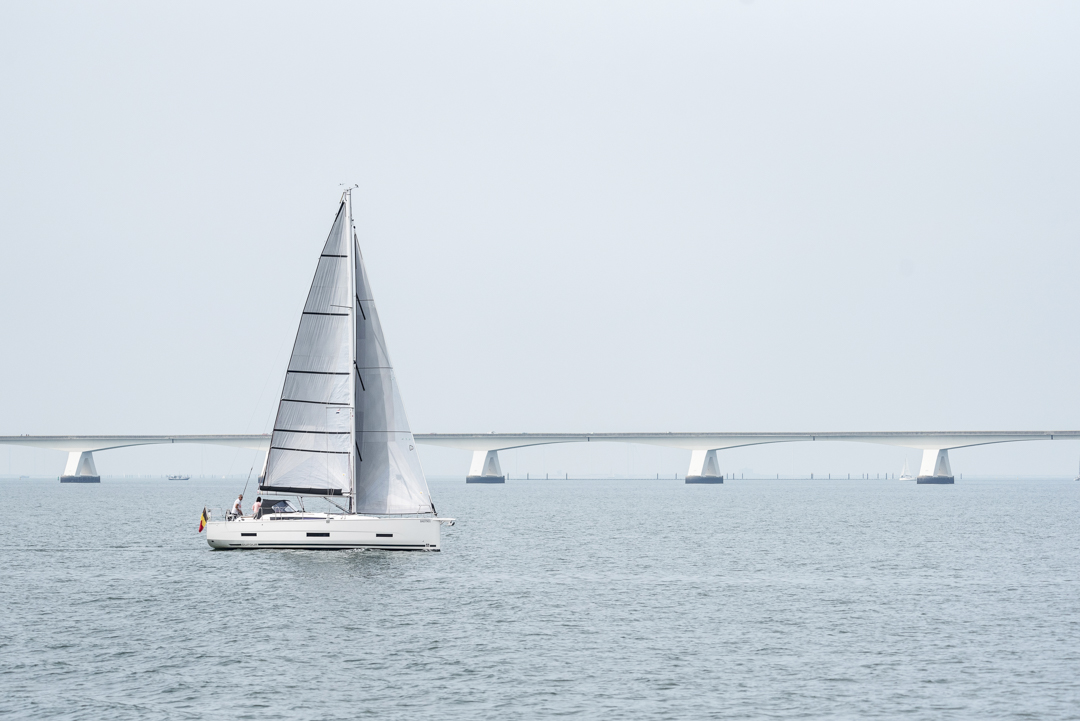
For Schouwen-Duiveland’s biggest crowd pleasers, you usually have to hit the water a little further off shore. There are large numbers of seals living on a sandbank a few kilometres from the coast. To be able to see them, I booked a trip with Frisia Canal Cruises from the Zierikzee port. In a well-crowded ship, I went under the impressive Zeeland bridge – at five kilometres one of the longest in Europe. After a bit of sailing, the engine was stopped and we arrived at the seal bank. Normally, a few dozen should be resting in the sand here, and several more should be swimming and hunting in the area. In total, about 150 seals live in the Oosterschelde, divided into two species. The harbour seal is a relatively small and cute animal; the grey seal is a hefty beast that can weigh over 600 pounds. For some reason, I find it almost inconceivable that predators of this calibre live in the Scheldt as their natural habitat. And I do mean the Scheldt River: in the Westerschelde – the entrance to the port of Antwerp – there are also about 200 seals to be found. Impressive little trip, but bring some binoculars. The ship is quite large and can’t get too close to the sandbar. Which is better for the animals, of course. www.frisiarondvaarten.nl
6. Kayak among the jellyfish on Grevelingen Lake


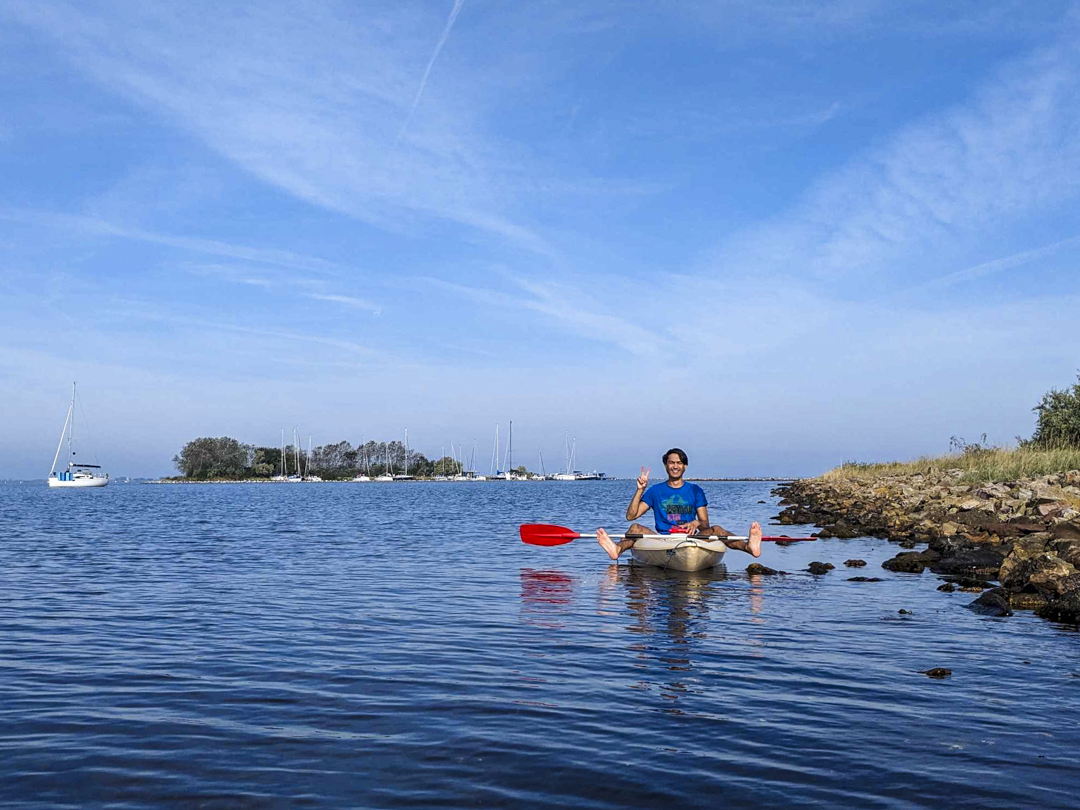
Those who prefer to hit the water by themselves, have plenty of options to choose from around Schouwen-Duiveland. I decided to explore the Grevelingenmeer in a kayak from Aquavitesse. Once out of the Bruinisse marina, I ended up in the largest saltwater lake in Europe. A lake indeed, because the Grevelingenmeer, in contrast to the Oosterschelde, was completely closed off by the Delta Works. This closure has all kinds of far from ideal consequences for the local marine life when it gets too hot, but there’s still a lot to experience nonetheless. Here too live about a hundred seals, who are usually found on Stampersplaat (another sandbar). Those who are in the area from October to April can spot a colony of wintering flamingos here – another animal you would not immediately expect to be in Holland. I had to make do with a giant school of jellyfish floating around my kayak like little UFOs though. Also quite unique, but it doesn’t really invite a swim. Grevelingenmeer is less of a nature reserve and more of a water sports destination, where many people come to sail and row their boats. You can moor your kayak on several small islands for a breather as well. They often have their own little beaches. Pleasant place all in all. www.aquavitesse.nl
7. Wine tasting on Schouwen-Duiveland

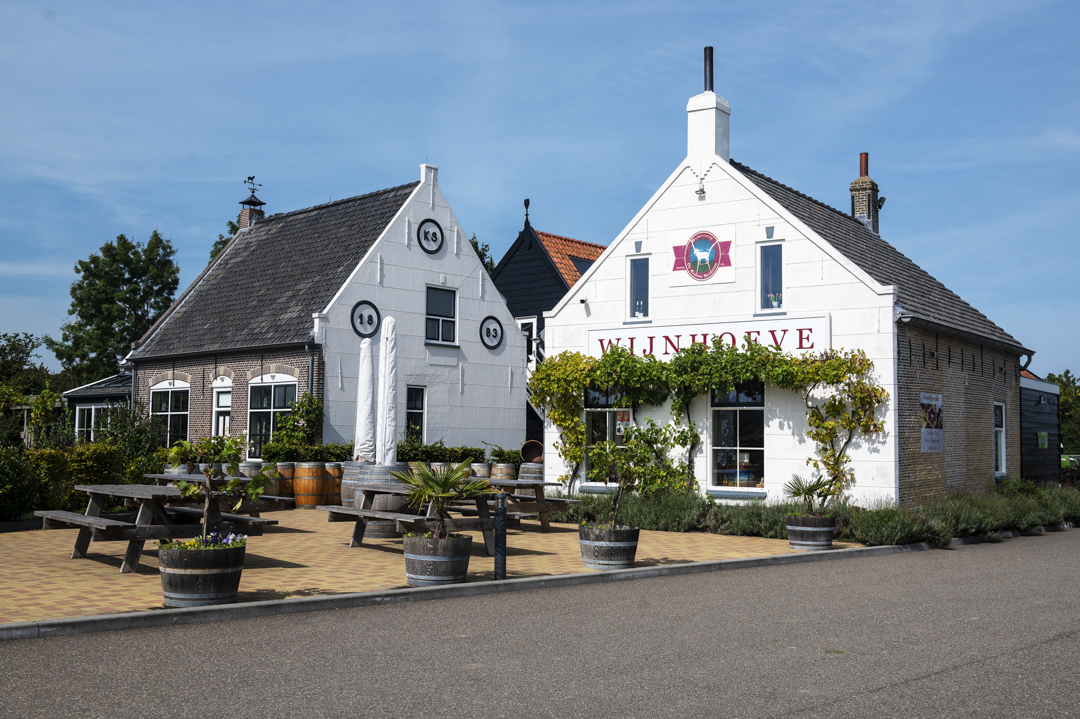

I still have a hard time accepting it sometimes, but decent wines are produced in many places in The Netherlands these days. Schouwen-Duiveland is again no exception. Wijnhoeve de Kleine Schorre is the most known winegrower on the island. They converted their regular farm into a winery in 2001, because it proved to be way more profitable, and never looked back since. They now have 14 hectares of vineyards to cultivate, which they turn into six white wines and a sparkling wine (for reds, global warming will have to do its thing for a few more extra years). You can taste all of them in the beautiful brasserie. They offer a wide range of fish and seafood, and their homemade seaweed bitter balls are (somewhat surprisingly) superb. Those who don’t want to drive afterwards can even stay here for the night. You do this in so-called tiny houses that in this case were set up in large old wine barrels that can sleep up to three people. Whether they’re comfortable and spacious enough to stretch your legs I wasn’t able to see with my own eyes, but let’s assume they were . Sometimes you just have to be a little adventurous. www.dekleineschorre.nl
8. Restaurants on Schouwen-Duiveland
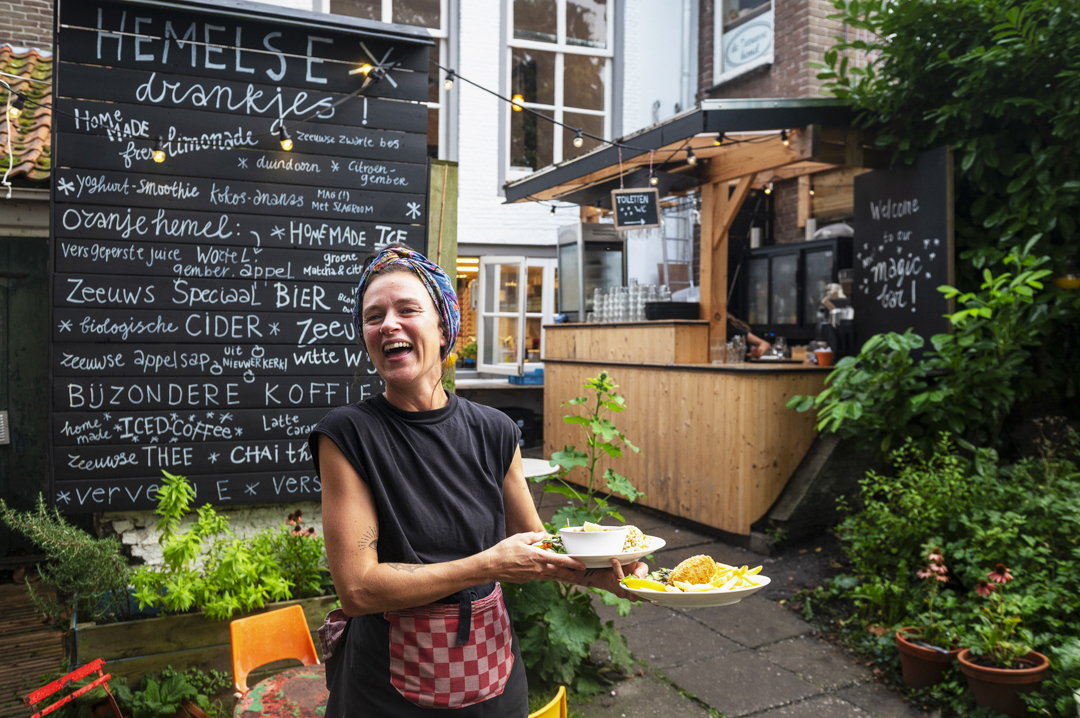
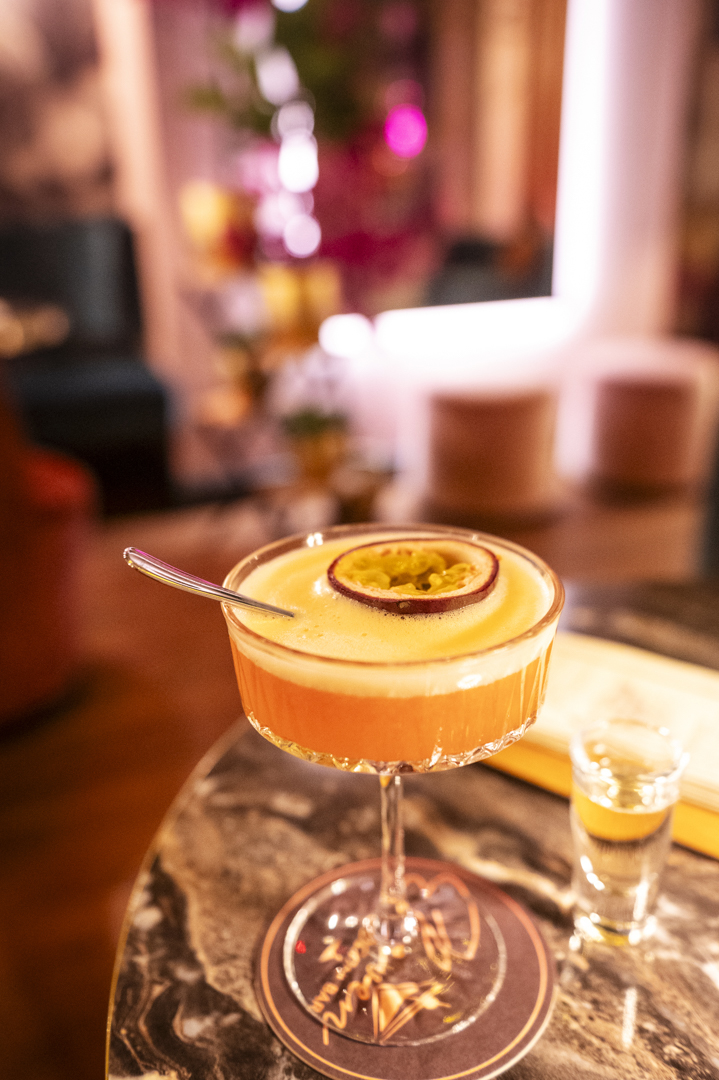
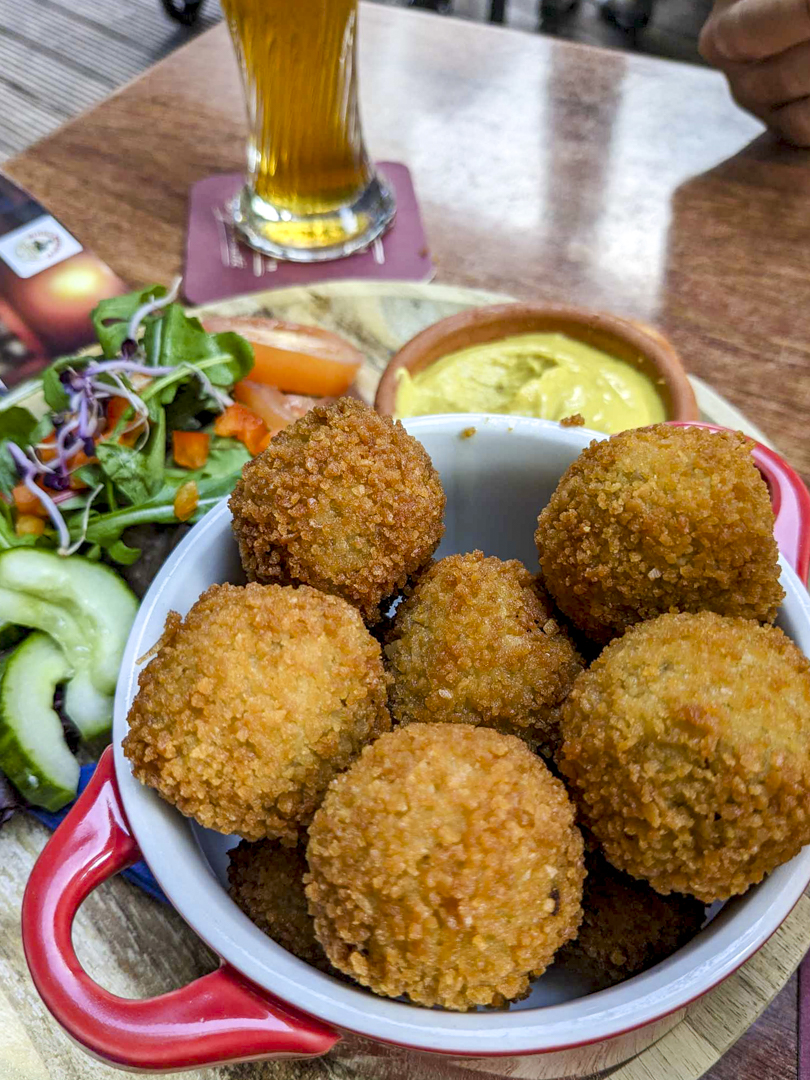
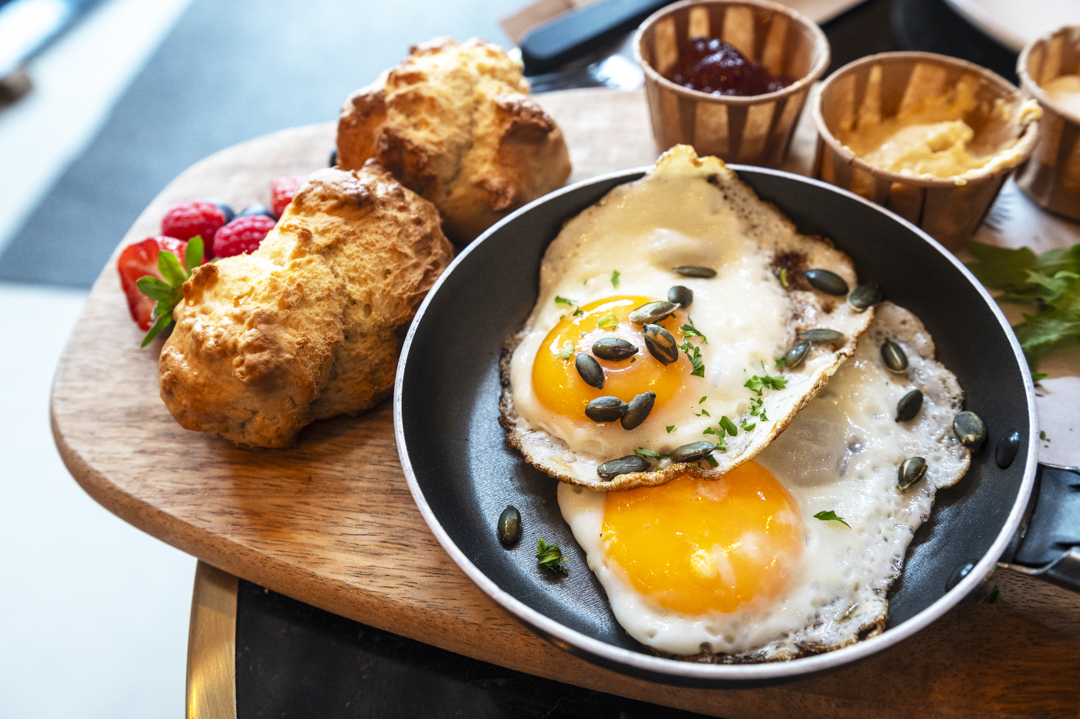
There’s good food to be found in many places on Schouwen-Duiveland. Allow me to present you with a small selection of businesses I’ve visited myself. De Zeeuwse Hemel offers delicious dishes in the centre of Zierikzee and has a nice garden to dine in. The staff is extremely friendly as well (see photo). Meneer Nilsson can be found in the old Zierikzee harbour and is perfect for a healthy lunch or an extensive breakfast. For slightly heartier meals, Café de Gekroonde Suikerbiet (names, I know) is perfect. It can be found in the new harbour, and allows you to eat with a view on the boats. If you prefer a view of the sea itself, eat in the Haven van Renesse Beach Pavilion on the other side of the island. Cocktail Bar Eleven finally, was part of the hotel is stayed in and is said to be the best on the island.
Hotels on Schouwen-Duiveland

We stayed in Hotel Mondragon, which is a nice place with spacious rooms (and a surprisingly half see-through bathroom wall: be careful). The rooms have their own terraces, the hotel has its own restaurant called Cristó and the cocktail bar mentioned above is awesome. www.mondragon.nl
For more information on Schouwen-Duiveland as a destination, visit www.opschouwenduiveland.nl.
For more information on The Netherlands as a whole, visit: www.holland.com.
Fancy some other Dutch trips? Read my blog posts on Eindhoven, Utrecht, Amsterdam, Flevoland, The Wadden Islands, Haarlem and South Limburg.



















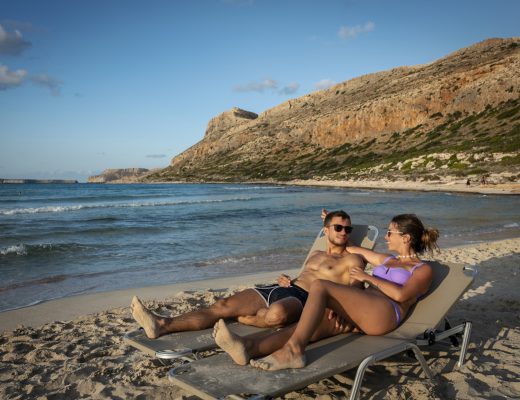
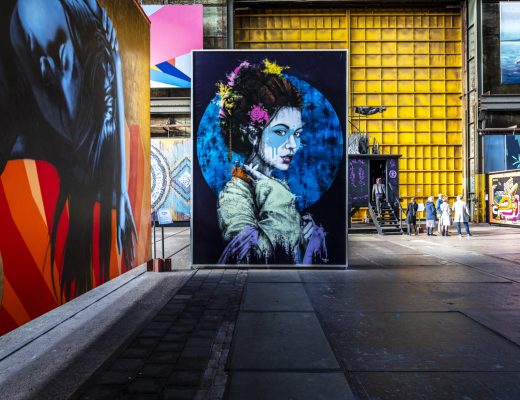

2 Comments
Stefan
September 23, 2023 at 7:16 pmEn vriendelijk iedereen daar, was een goei weekend. Zeewier bitterballen en doorschijnende badkamer waren de top!
patrik horemans
October 4, 2023 at 11:25 amAmai dat was echt zaaaaaaaalig